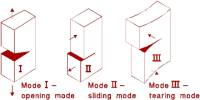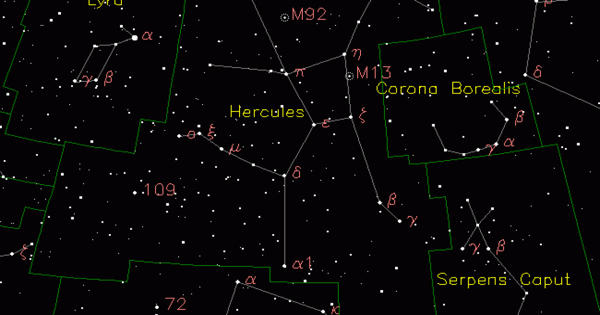Following the first observation of a binary black hole merging, a team of scientists from the Max Planck Institute for Gravitational Physics in Germany and many institutions in the United States has determined a kick velocity strong enough for an individual gravitational wave event.
The team discusses their investigation of the binary black hole merger GW200129_065458 (now known as GW200129) and how they used models to determine its recoil velocity in their research that was published in the journal Physical Review Letters.
Gravitational waves, also known as gravitational waves and gravitational radiation, are fluctuations in the gravitational field that are transmitted as waves. According to general relativity, the distribution of masses determines the curvature of space-time, whereas the curvature determines the motion of the masses.
Gravitational waves are produced by black holes, according to earlier findings. Due to their angular momentum, when two of them orbit one another, such gravitational waves also generate energy. This may cause their orbits to become closer together until they inevitably collide. They eventually combine into a single, enormous black hole with a new orbital path.
According to Einstein’s equations, massively speeding objects (such neutron stars or black holes orbiting one another) would cause space-time to be disrupted in a way that would cause ‘waves’ of undulating space-time to spread outward in all directions. With knowledge about their origins and hints about the nature of gravity itself, these cosmic ripples would move at the speed of light.
According to physical rules, it is possible for two of these bodies to collide and merge, creating a kick in which the combined gravitational waves released by the resulting black hole are primarily directed in one direction. When that occurs, the black hole recoils in the opposite direction and accelerates more quickly than either of its two original black holes.
According to their latest findings, the black hole GW200129 may have been ejected from its galaxy by passing its escape velocity due to the opposite recoil it experienced.
Prior studies have revealed that some black holes move more quickly than they should, and according to theory, these observations are caused by binary collisions that produce opposite-recoil kicks.
Supernovae, which are huge stars that explode at the end of their lives, colliding neutron stars, and colliding black holes are some of the catastrophic events that cause the greatest gravitational waves. Other waves are projected to be produced by the rotation of imperfectly spherical neutron stars and perhaps even by the lingering gravitational radiation from the Big Bang.
The researchers were the first to see a binary merger event that had gravitational-wave evidence that clearly and strongly indicated a shift in the orientation of the rotating body’s rotational axis. They used that data to create theoretical simulations, calculating its kick to be approximately 1500 km/s.
For comparison, the escape velocity of the Milky Way is just 550 km/s, which suggests that the kick experienced by GW200129 was strong enough to push it all of the way out of its galaxy.
















